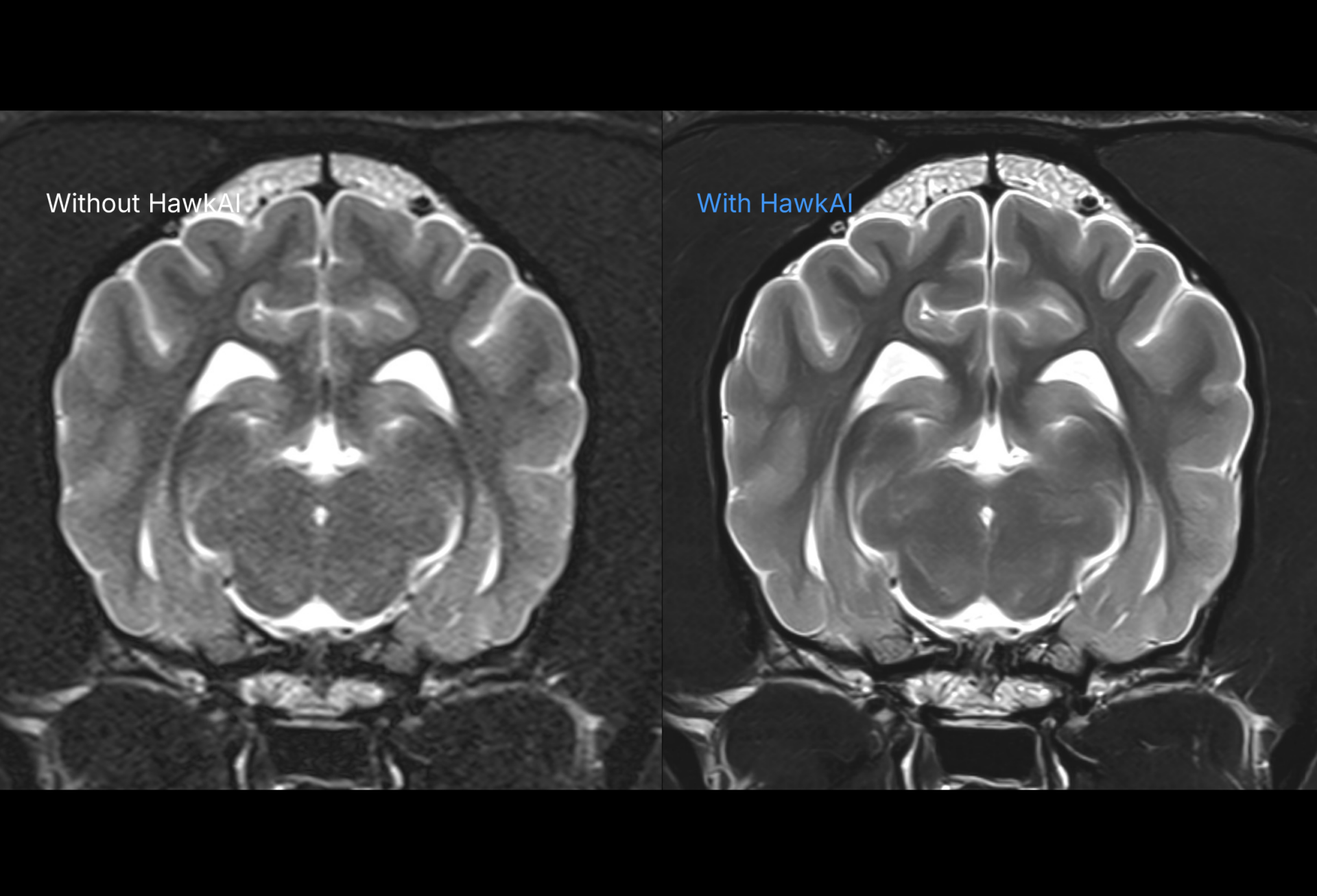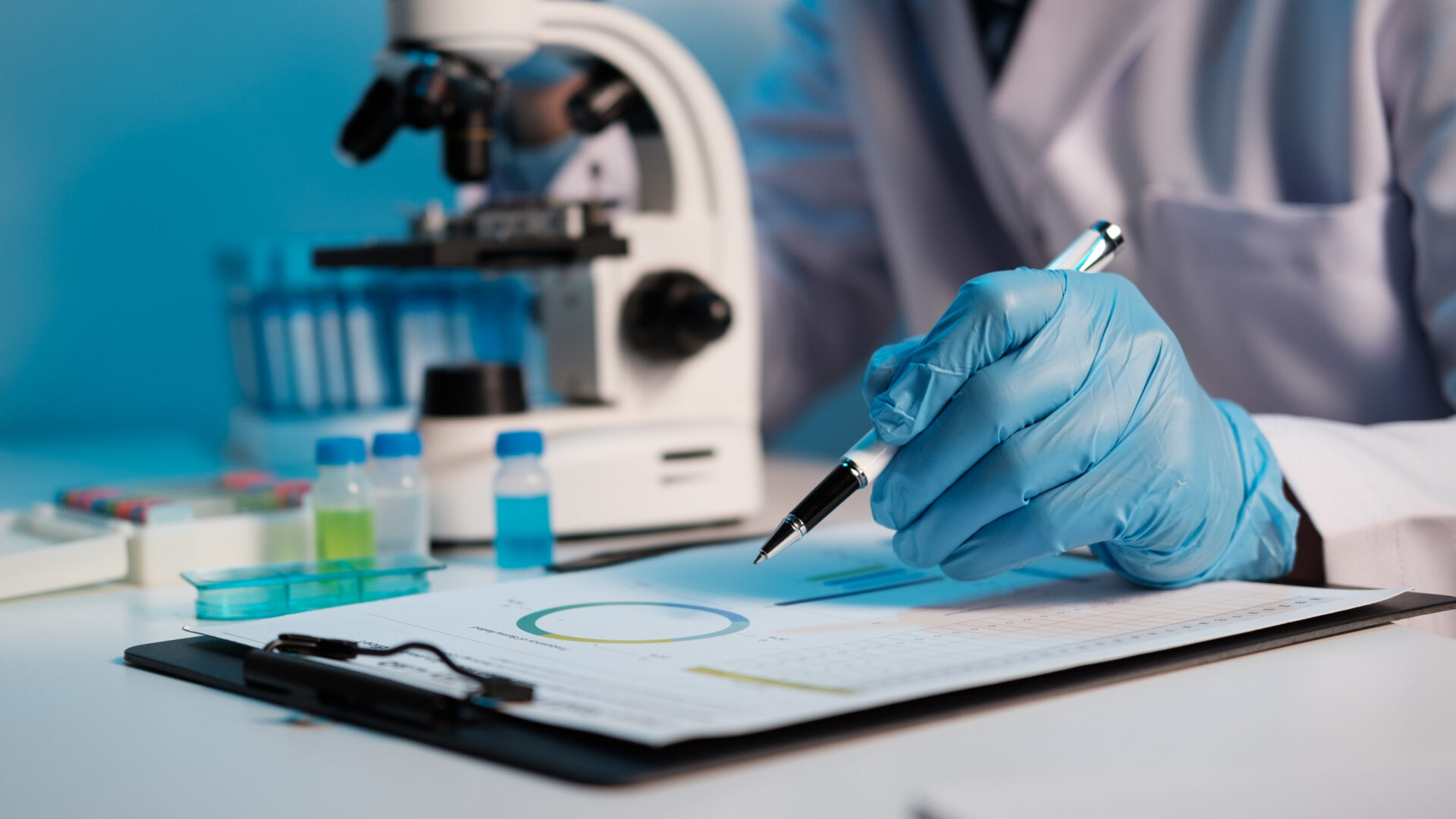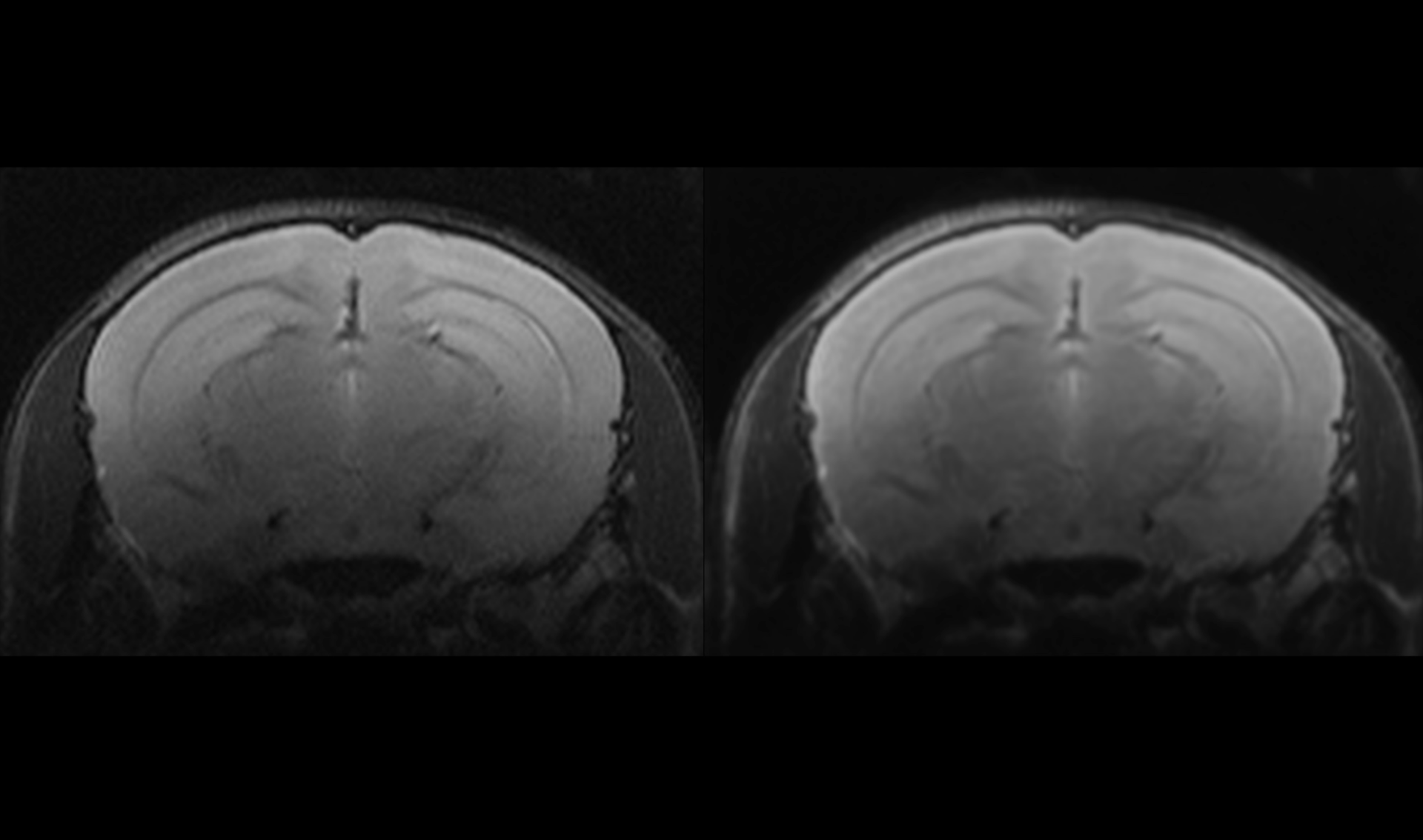Enhancing image quality

Case study
Signal-to-Noise Ratio (SNR) is a critical parameter in imaging applications, particularly in medical imaging, where subtle details can be crucial for diagnosis. Low SNR images often suffer from noise artifacts that can obscure important features, leading to reduced diagnostic accuracy. HawkAI, a cutting-edge image processing algorithm, offers a promising solution to address these challenges.
Noise in MRI images can arise from various sources, including electronic noise, coil imperfections, and environmental factors. When SNR is low, the noise component becomes more prominent than the signal, degrading image quality and hindering visual interpretation.
HawkAI is a sophisticated deep learning-based algorithm designed to enhance image quality in low SNR environments. It employs advanced techniques to reduce noise while preserving essential image features. Key components of HawkAI include:
Noise estimation: HawkAI accurately estimates the level of noise present in the image, enabling it to tailor its denoising strategy accordingly.
Anatomical feature preservation: The algorithm leverages advanced image analysis techniques to identify and preserve important features, such as edges, textures, and details, while removing noise.
Contrast preservation: HawkAI effectively preserves MRI contrasts, ensuring that subtle differences in tissue properties are accurately depicted. By carefully balancing noise reduction with contrast preservation, the algorithm helps maintain the diagnostic value of MRI images, enabling radiologists to confidently identify and analyze abnormalities.
Quantitative feature preservation: HawkAI can be effectively applied to brain quantitative MRI techniques such as relaxometry (T1 and T2 mapping). By reducing noise while preserving the underlying signal characteristics, HawkAI can improve the accuracy and precision of quantitative measurements. This is particularly important for applications that rely on accurate T1 and T2 values, such as tissue characterization and disease diagnosis.
HawkAI offers significant benefits:
Improved image quality: By effectively reducing noise, HawkAI can significantly enhance image clarity, contrast, and detail, making it easier for human observers and automated systems to interpret the information.
Enhanced diagnostic accuracy: In medical imaging, improved image quality can lead to more accurate diagnoses, potentially improving patient outcomes.
HawkAI represents a powerful tool for improving image quality in low SNR environments for research purposes. By effectively reducing noise while preserving essential image features, HawkAI can enhance diagnostic accuracy, improve visual interpretation, and enable a wide range of applications.
Our other case studies for Academia







